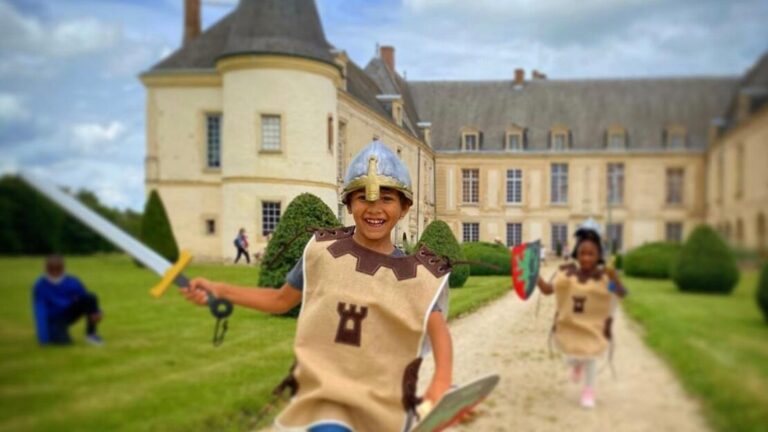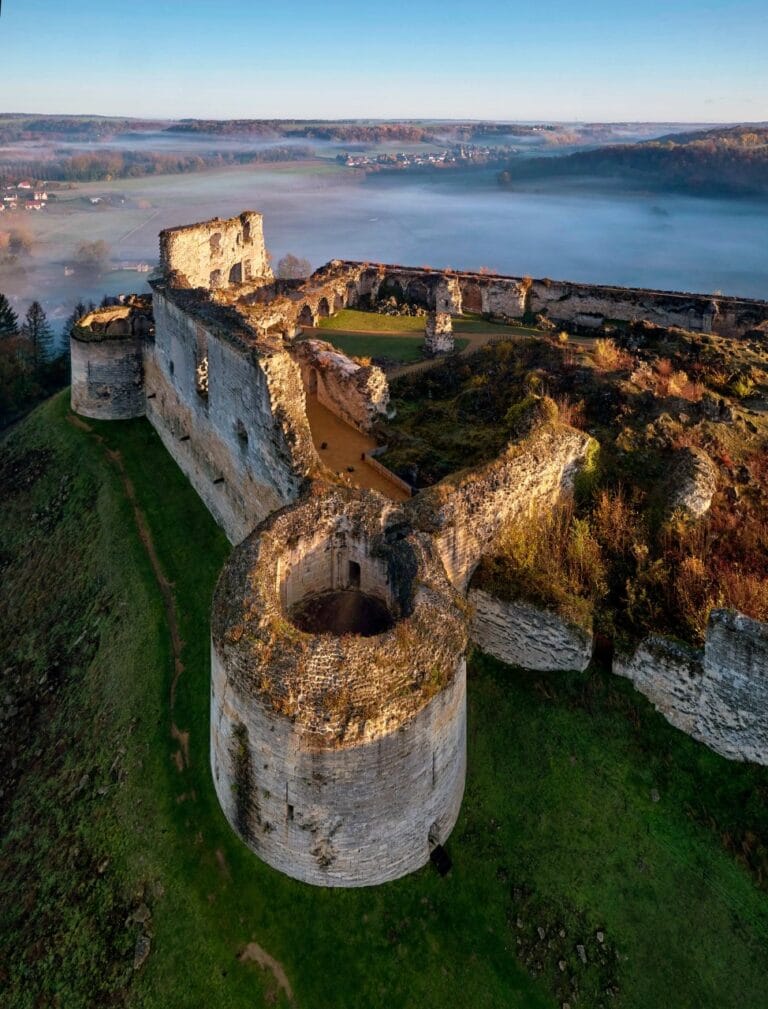Mars Gate in Reims: A Roman City Gate of Historical and Architectural Value
Visitor Information
Google Rating: 4.4
Popularity: Medium
Google Maps: View on Google Maps
Official Website: www.reims-tourisme.com
Country: France
Civilization: Roman
Remains: Military
History
The Mars Gate is located in Reims, a city in the province of Grand Est, northeastern France. It was built by the Romans in the early 3rd century CE as part of the ancient city of Durocortorum, the Roman capital of the Remi tribe. This monumental arch was one of four grand gates marking the main entrances to the city, designed to showcase its importance during the height of the Roman Empire.
In the 4th century, the arch was incorporated into the city’s defensive walls, becoming the northern gate. It took the name Mars Gate from a nearby temple dedicated to Mars, the Roman god of war. This change reflected the arch’s new military and protective role within the fortified city.
By the early 13th century, the Mars Gate was enclosed within the Archbishop’s castle complex. It served as a principal entrance to the city until the 16th century. The castle itself was destroyed in 1595 by order of King Henry IV during conflicts affecting the region.
The arch was partially rediscovered in 1677 and more extensively uncovered in 1816. Following the dismantling of the city walls, a full excavation and restoration took place between 1844 and 1854. The Mars Gate was officially classified as a historic monument in 1840, ensuring its preservation.
Since the 19th century, the gate has undergone several restoration campaigns. A major scientific restoration occurred in 1983-1984, and further conservation efforts have been ongoing from 2015 through at least 2023. These works have aimed to stabilize and enhance the monument’s condition.
During recent urban development starting in 2011, including tramway construction and pedestrianization, archaeological excavations revealed ancient features near the gate. These include wheel ruts in the pavement and remains of a Roman aqueduct, confirming the gate’s connection to the city’s infrastructure and road network.
The Mars Gate also carries symbolic significance through its reliefs, notably a depiction of the she-wolf nursing Romulus and Remus. This image links Reims to the legendary founding of Rome, emphasizing the city’s Roman heritage and cultural ties.
Remains
The Mars Gate is a large triple-arched stone structure measuring about 32 to 33 meters wide, 13 meters high, and 6.4 meters thick. It is the widest known Roman arch of its kind. The gate consists of three semicircular arches framed by eight columns on the front and two on each side. These columns rest on solid piers and are topped with Corinthian capitals, a classical style featuring ornate acanthus leaves.
Between the columns are niches with triangular pediments, each surmounted by medallions bearing high-relief heads. Most of these decorative elements have suffered heavy erosion, except for a restored section on the western side. The underside of the vaults, called the intrados, features a rare series of reliefs illustrating a rural agricultural calendar. These scenes depict farming activities such as harvesting, plowing, and animal husbandry.
A notable relief under the western arch shows the she-wolf suckling Romulus and Remus, the mythical founders of Rome, accompanied by Faustulus and Acca Larentia. This imagery symbolizes the legendary connection between Reims and Rome. The eastern arch, though badly damaged, contains a relief of Leda and Zeus, with Zeus depicted as a swan.
The pavement of the central arch preserves deep wheel ruts, indicating the gate’s use for vehicular traffic in Roman times.
Constructed from stone, the Mars Gate has undergone various restorations. In 1854, the western pilaster was rebuilt. More recently, the 19th-century concrete roof was replaced with a lead covering and improved drainage to protect the monument.
The gate aligns with the ancient city’s main north-south street, known as the cardo, and was part of the fortified enclosure. Nearby archaeological remains include traces of the original Roman road network connecting Reims to other regional centers like Soissons and Bavay, as well as the remains of an ancient aqueduct supplying the city.
Today, the Mars Gate stands restored and preserved in situ, offering a tangible link to Reims’ Roman past and its urban and defensive history.










